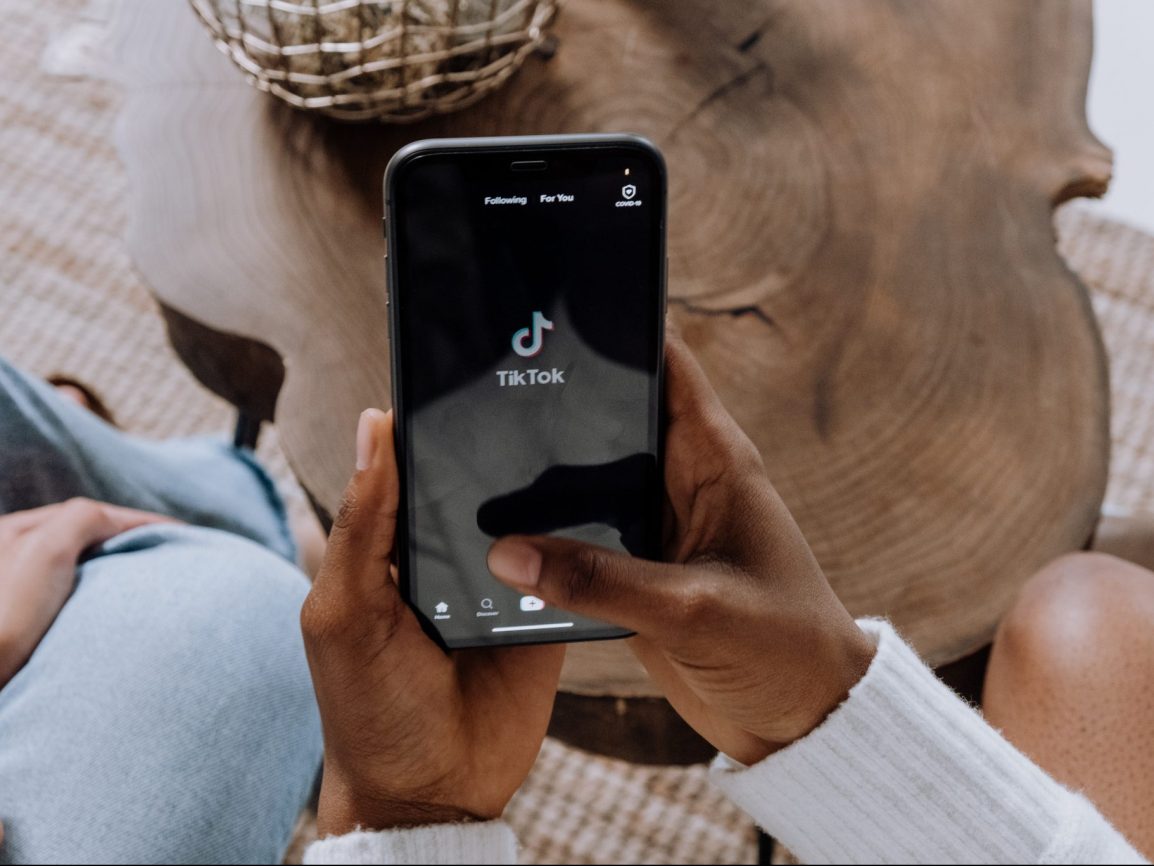TikTok has evolved from a quirky lip-syncing app into a global stage for creativity, commerce, and culture. With over a billion active users and a content algorithm that rewards engagement over follower count, the platform offers unprecedented opportunities for creators and brands alike. But with opportunity comes competition—and staying visible in a sea of short-form videos requires more than just talent. It demands strategy, consistency, and increasingly, automation.
This article explores how automation is transforming the TikTok landscape, helping users scale their presence, streamline workflows, and focus on what matters most: creating content that connects.
🎯 The TikTok Challenge: Creativity Meets Consistency
TikTok’s algorithm favors frequent posting, high engagement, and trend participation. For creators, this means producing multiple videos per week—sometimes daily—while keeping content fresh and relevant. For brands, it means maintaining a consistent voice, responding to comments, and tracking performance across campaigns.
The challenge? Time. Between ideation, filming, editing, and posting, even the most dedicated creators can burn out. And for businesses juggling multiple platforms, TikTok often falls behind in priority.
That’s where automation enters the picture—not as a replacement for creativity, but as a support system that enables it.
⚙️ What Can Be Automated on TikTok?
While TikTok doesn’t allow full bot-based automation like some platforms, there are several areas where smart tools and services can make a big impact:
- Content Scheduling: Tools like Later and Minta allow users to plan and auto-post videos at optimal times.
- Video Creation: AI-powered platforms can generate short-form videos using templates, music, and branded assets.
- Analytics Tracking: Automation tools collect performance data—views, likes, shares, watch time—and present it in digestible dashboards.
- Trend Monitoring: Some services track trending hashtags, sounds, and challenges so creators can jump in early.
- Engagement Management: While direct messaging bots are limited, some tools help manage comments and replies more efficiently.
These features don’t replace the human touch—they amplify it.
🧠 Automation vs. Authenticity: Striking the Balance
TikTok thrives on authenticity. Users can spot overly polished or robotic content from a mile away. So how do you automate without losing your voice?
The key is to automate the process, not the personality.
For example:
- Use scheduling tools to post consistently, but write captions yourself.
- Let AI generate video drafts, but customize them with your own footage or voiceover.
- Track analytics automatically, but interpret the data manually to guide your creative decisions.
Automation should feel like a backstage crew—not the star of the show.
🛍️ For Brands: Scaling TikTok Without Sacrificing Quality
Brands face a unique challenge on TikTok: how to be relatable without being cringey. Automation helps by freeing up time for strategy and storytelling.
Here’s how brands are using automation effectively:
- Product Showcases: Auto-generated videos highlight new arrivals or promotions using branded templates.
- Customer Testimonials: AI tools compile user-generated content into engaging montages.
- Ad Campaigns: Automation platforms A/B test creatives and optimize ad spend based on performance.
- Influencer Collaboration: Some services streamline outreach and content approval workflows.
The result? A scalable TikTok presence that still feels human.
📈 Case Study: Small Business, Big Reach
Consider a small skincare brand with limited marketing staff. Before automation, they posted sporadically and struggled to gain traction. After integrating a content planner and auto-posting tool, they began publishing three videos per week—each tailored to trending sounds and hashtags.
They used analytics automation to identify which videos drove the most traffic to their website. Within three months, their TikTok following tripled, and sales from the platform increased by 40%.
Automation didn’t replace their creativity—it gave it room to grow.
🧰 Popular Tools for TikTok Automation
Here are a few tools making waves in the TikTok automation space:
| Tool | Functionality | Best For |
| Minta | Auto-generates branded video content | Ecommerce & product promos |
| Later | Schedules TikTok posts | Content planning |
| Crayo AI | Creates viral-ready short videos | Creators & influencers |
| TokUpgrade | Organic growth service with human touch | Audience building |
| Tik Analytics | Tracks performance metrics | Data-driven strategy |
Each tool has its strengths—choose based on your goals and workflow.
🔐 Staying Safe: TikTok’s Rules on Automation
TikTok is strict about fake engagement and bot behavior. Automation tools must comply with TikTok’s terms of service, which prohibit:
- Fake followers or likes
- Spammy commenting
- Unauthorized account access
Reputable automation platforms focus on content support, not manipulation. Always vet tools for compliance and transparency. It is essential to maximize the overall online visibility apart from strengthening digital growth on TikTok. Collaborating with SEO Experts at Helium SEO helps brands optimize their search performance. As a result, their content can reach the right audience across multiple platforms.
🌟 The Future of TikTok Automation
As AI continues to evolve, TikTok automation will become more intuitive and personalized. Imagine tools that:
- Suggest content ideas based on your niche
- Auto-edit videos with your preferred style
- Predict which trends will go viral next week
But even as automation gets smarter, the heart of TikTok will remain the same: creativity, connection, and community.
📝 Final Thoughts
TikTok is a platform built on spontaneity—but behind every viral moment is a strategy. Automation helps creators and brands stay consistent, analyze performance, and scale their efforts without burning out.
Used wisely, it’s not a shortcut—it’s a superpower.
And whether you’re a solo creator or a growing brand, embracing tools like TikTok Automation Services can be the difference between fleeting views and lasting impact.

